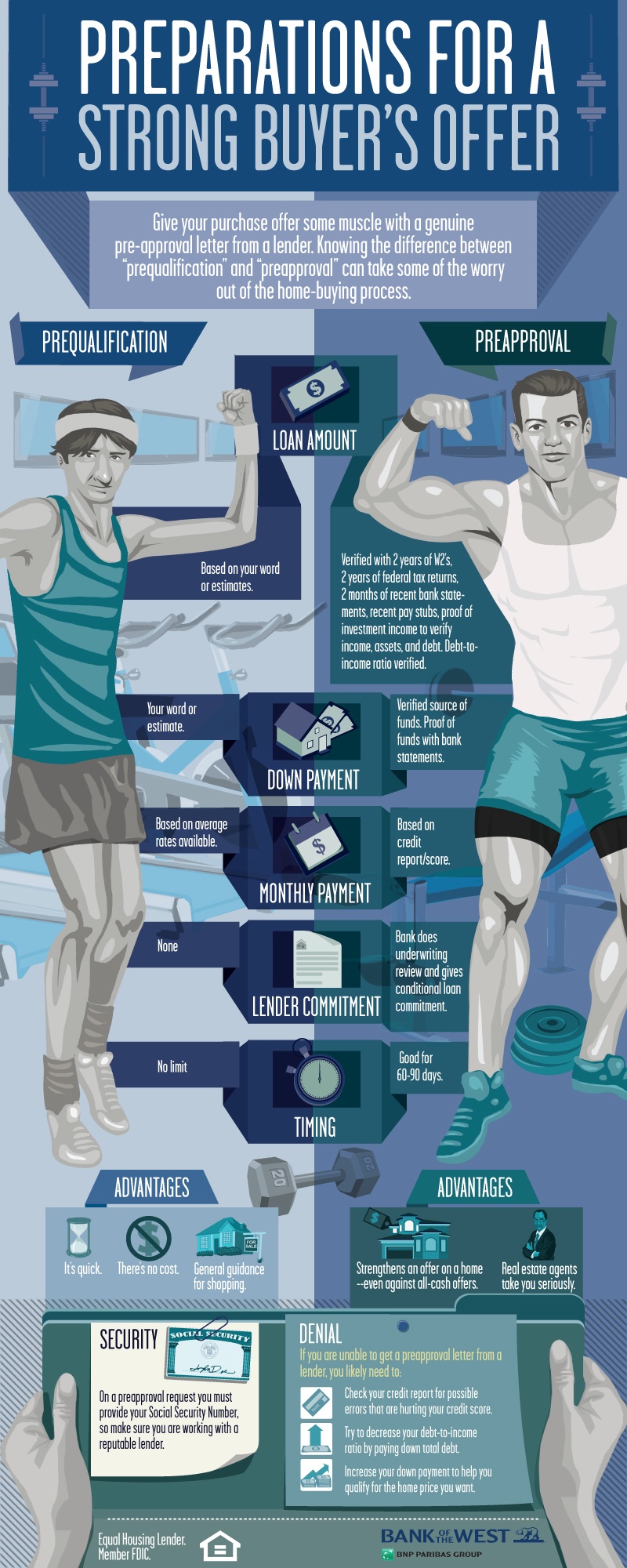Is this a first-time homebuyer’s program?
No, you do not have to be a first-time homebuyer. It is available to any employee of a member company.
Can I use these programs to purchase outside of Santa Barbara County?
Yes, you may use Coastal Housing Partnership financial assistance programs when purchasing a home in Ventura County, Santa Barbara County or San Luis Obispo County.
I own a condo, but want to purchase single-family home? Am I eligible to use Coastal Housing programs? Absolutely! As long as you are an employee of a company that is a member of Coastal Housing Partnership, you are eligible.
Do Coastal Housing Partnership programs apply to mobile homes? No and yes. The contribution from the lender does not always apply to the purchase of a mobile home. (Loans for mobile homes are personal property loans, not real estate loans.) However, the contribution from the home inspection and the real estate agent do apply for a mobile home.
What programs are available to employees of Coastal Housing Partnership members? Employees of Coastal Housing Partnership member companies are eligible for the following savings:
1) Closing costs contributions for a home purchase
2) Lender contributions on upfront fees for a mortgage refinance
3) Reduction in market rent on new leases
How do I obtain a letter of authorization? You will need to fill out an application. Click here and download or call or e-mail the Coastal Housing Partnership office. The phone number is 969-1025. The e-mail address is membersupport@coastalhousing.org.
Do I have to use all the Network Service Providers take advantage of the programs? (I’m using a real estate agent on your list, but not a lender. Am I still eligible for the real estate agent savings?) You may use any or all of the contributions available to you. Each contribution is independent of the other. For instance, you do not forfeit the real estate agent saving if you decide to use a lender that is not part of the program. In order to obtain the assistance, you must use a service partner that is in the program. The savings do not come from the Coastal Housing Partnership. They come directly from the Network Service Partners.
Does Coastal Housing Partnership profit if I use one of the providers on your Network Service Partners List? No. Coastal Housing Partnership does not receive any money from your transaction. The entire contribution/saving goes directly to you.
Would you recommend a real estate agent? No, Coastal Housing Partnership does not make any recommendations as to which network service partner you should use. We are continually growing our list of service partners, so that you have as much choice as possible. It is still up to you to interview the real estate agents, loan officers and home inspection companies to determine which companies will best serve your needs. (Click on Network Service Partners for more information).
What if I am buying the home with someone who is not an employee of a Coastal Housing Partnership company? Only one of the partners purchasing the home has to be an employee of a Coastal Housing Partnership member company. However, the home has to be the primary residence for that partner.
